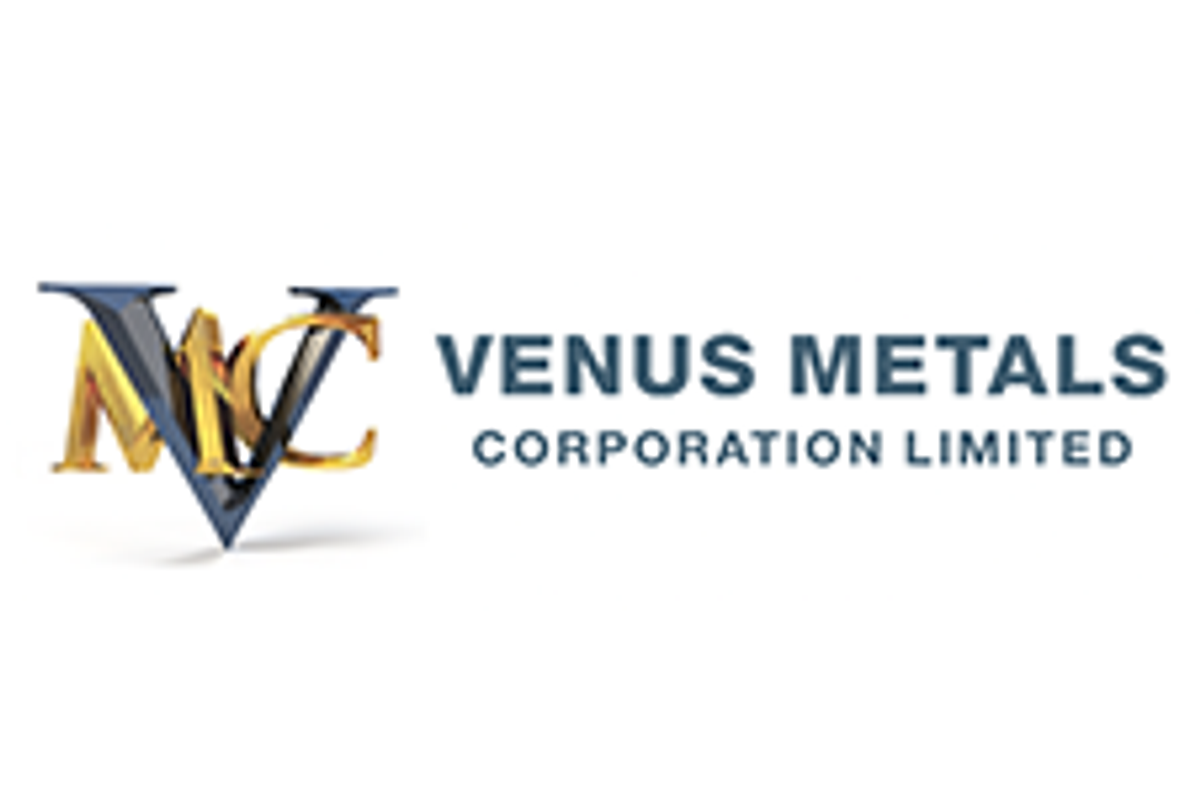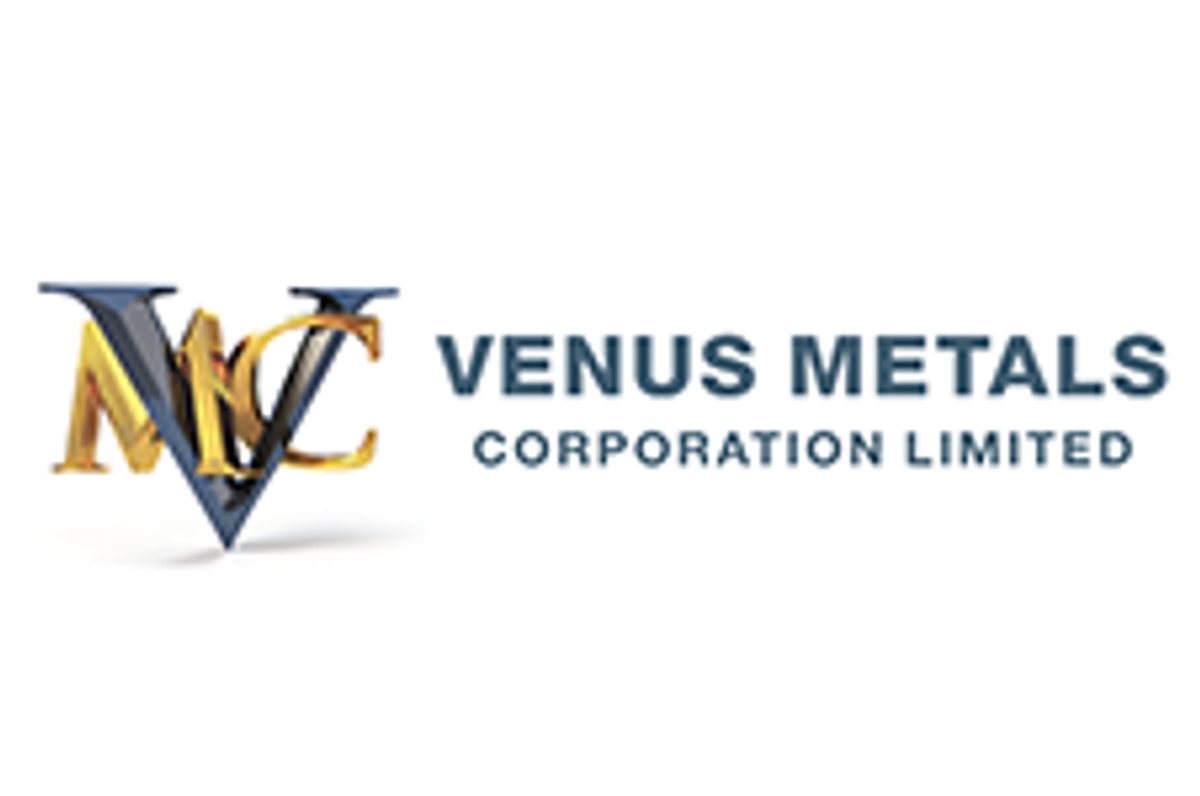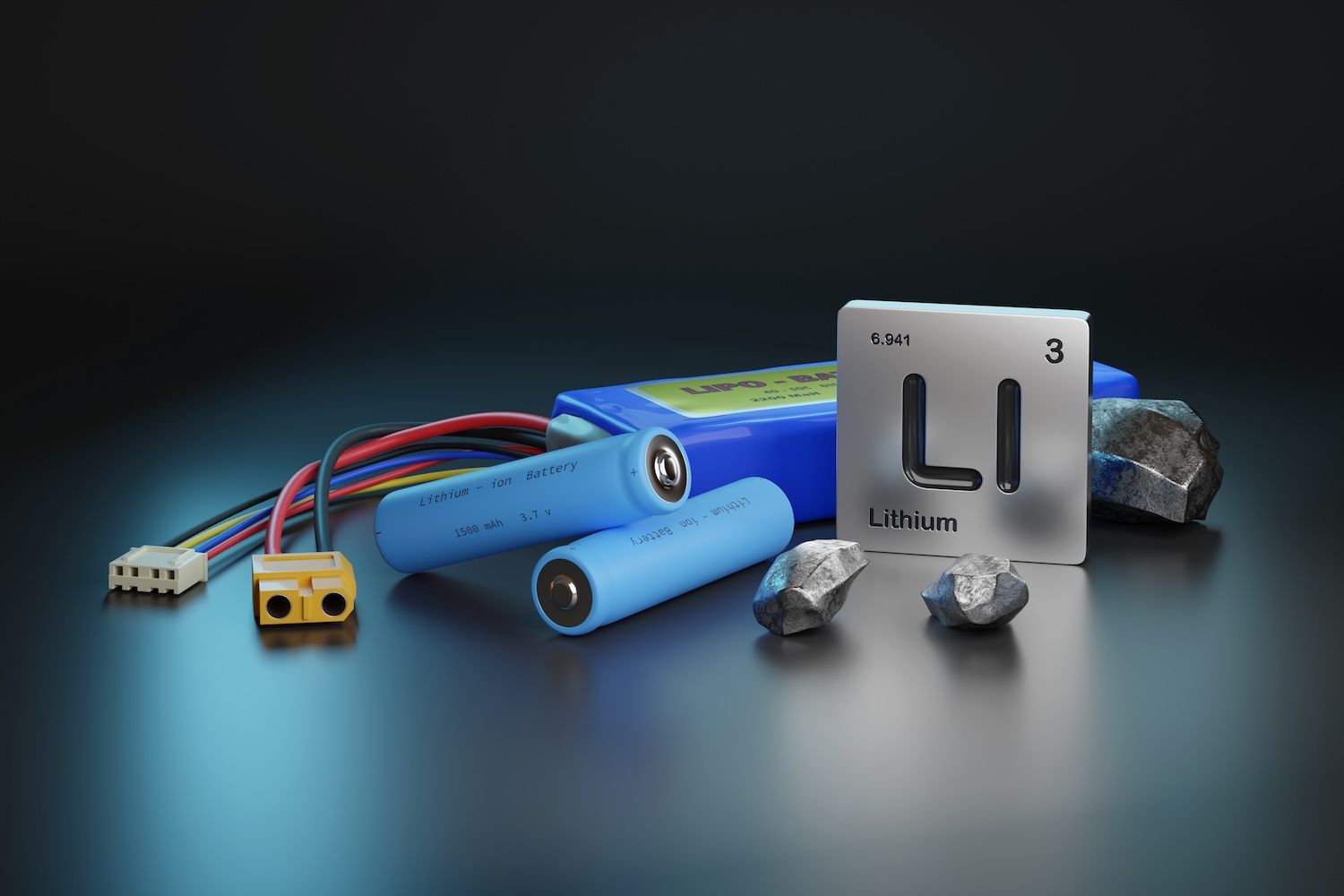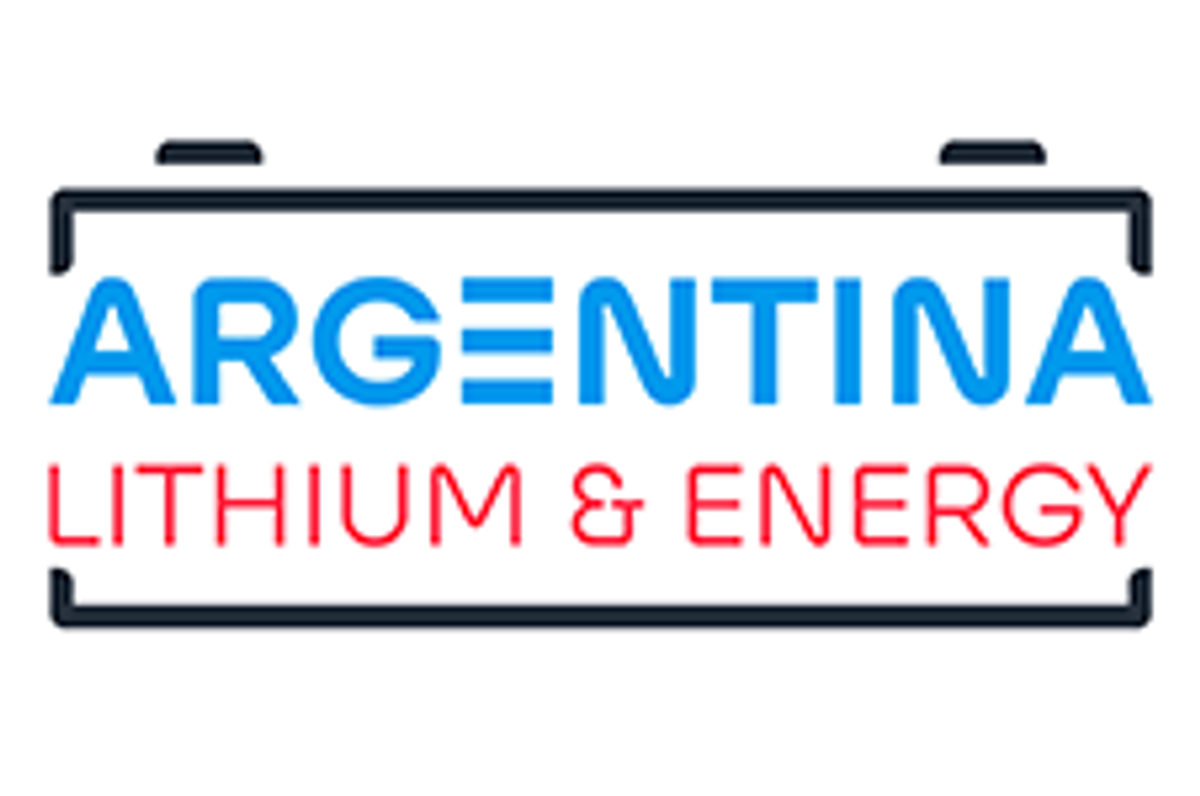
- WORLD EDITIONAustraliaNorth AmericaWorld
January 15, 2023
Venus Metals Corporation Limited’s (Venus or Company) is pleased to announce the preliminary results of recent field work and geochemical sampling programs on its tenement E15/1796 located ~60 km east of Marvel Loch (Figure 1).
HIGHLIGHTS:
- Significant rare earth elements (REEs) enrichment confirmed in monzogranite bedrock with recent results in rock chips up to 4,365 ppm TREO (Figure 2).
- A grab sample of drill spoil from historical drill hole 02BOVR002 in E15/1796 has TREO of >3,000 ppm in clay (Figure 2).
- Petrographic studies of monzogranite bedrock identify weathering and release of REEs from primary REE host (allanite) in surface samples, which is favourable for the formation of REE-enriched clays.
WORK PLANNED AND/OR IN PROGRESS:
- Detailed aeromagnetic and radiometric survey in progress to delineate prospective magnetic highs within the ~25 km-long magnetic trend for further testing and drill target prioritisation.
- Metallurgical test work in progress to investigate the potential for cost-effective beneficiation of the monzogranite bedrock REE mineralisation using comminution and magnetic separation techniques.
- Diagnostic metallurgical tests (pH 4) in progress at ANSTO and ALS on 10 clay samples from historical drill spoil samples.
- Shallow AC drilling planned to target residual clay zones developed on REE-rich bedrock to test for clay-hosted REE mineralisation.
- RC drilling scheduled for early 2023 to test the primary REE mineralisation in the monzogranite bedrock at depth and beneath magnetic highs.
Project background
Venus’ Marvel Loch East Rare Earth Project is comprised of one granted exploration licence (E15/1796) and four applications (ELAs 15/1944, 15/1946, 15/1947 and 77/2721) for a total area of 283 blocks (828 km2) (Figure 1).
As part of an initial regional reconnaissance exploration program, Venus completed systematic soil, rock-chip and laterite sampling on E15/1796 (refer ASX release 30 Sept 2022). The program identified REE anomalies in soil, laterite, and rock chips along the ~25 km strike length of the arcuate magnetic high in the west and across an oval shaped magnetic feature (~3 x 4 km) in the east of E15/1796. Maxima for TREO in soil and laterite (ferruginous gravel) are 6,092 ppm and 700 ppm, respectively, in the ultrafine fraction (refer ASX release 30 Sept 2022).
The arcuate and ovoid magnetic highs within granite terrain of E15/1796 are suggestive of a regional-scale magnetite-bearing monzogranite that appears to be enriched in REE; a detailed petrographic study of bedrock specimens from outcropping monzogranite is in progress.
Current work
A total of 38 rock chip samples, and 93 samples of historical drill spoil were collected (Figure 1). Recent rock chip samples from outcropping monzogranite have yielded maximum TREO concentrations of 4,365 ppm in the eastern target area and of 2,292 ppm in the western target area of E 15/1796. These results are ~10 to 20 times the average crustal abundance for TREO (Taylor & McLennan, 1995), suggestive of a bedrock that is highly anomalous in REE. Further, the magnetic rare earth oxide (MREO) percentage of rock chips above 1,000 ppm averages 23% MREO with individual samples ranging as high as 28%.
It is likely that the magnetic anomaly is related to the monzogranite, which outcrops in several places across the tenement with some whalebacks >1 km in diameter (Figure 3a). Within the arcuate and ovoid magnetic highs (Figure 2), monzogranite contains abundant magnetite and frequently displays brownish-black spots (Figure 3b-c) indicative of REE mineralisation.
Initial microscopic studies using scanning electron microscopy (SEM) and optical microscopy have been completed by RSC who are also providing technical assistance at the Company’s Mangaroon REE Project (see ASX release 5 September 2022). Five thin sections of the monzogranite and two resin blocks of a magnetic concentrate were prepared. The samples were analysed using automated mineralogy (AMICS), energy-dispersive spectroscopy (EDS) elemental maps and spot analyses, and backscatter electron (BSE) images (Figure 4).
The monzogranite is dominated by albite, k-feldspar, quartz, biotite, magnetite ± titanite, rutile, zircon, chlorite, apatite and Ca-Fe amphibole. The primary magmatic REE mineral throughout the monzogranite is allanite (Ce,Ca,Y,La)2(Al,Fe+3)3(SiO4)3(OH) along with minor REE-bearing titanite and apatite. Allanite occurs in association with biotite and magnetite (Figure 4a, d-e) and is responsible for the brownish-black spots displayed in Figures 3b-c.
Monzogranite collected on the surface reveals the breakdown of allanite to secondary REE phases and Fe-oxides (Figure 4a, d-e) and titanite to Ti(+Fe, Mn) oxides due to weathering. Secondary REE phases, including REE oxides, Ca-REE fluorocarbonates, and ferriallanite form as replacement products on the rim of allanite as well as in veinlets dispersed in the monzogranite (Figure 4e). Secondary REE phases have a higher REE concentration due to lower concentrations of Al and Si relative to allanite (Figure 4c).
Click here for the full ASX Release
This article includes content from Venus Metals, licensed for the purpose of publishing on Investing News Australia. This article does not constitute financial product advice. It is your responsibility to perform proper due diligence before acting upon any information provided here. Please refer to our full disclaimer here.
VMC:AU
The Conversation (0)
14 November 2022
Venus Metals Corporation
Highly prospective critical minerals assets in Western Australia
Highly prospective critical minerals assets in Western Australia Keep Reading...
24 October
PMET Releases Lithium-Only Feasibility Study for Shaakichiuwaanaan in Québec
PMET Resources (ASX:PMT, TSX:PMET,OTCQX:PMETF) has completed a lithium-only feasibility study on the CV5 deposit of its Shaakichiuwaanaan lithium project in Northern Québec. The company said the feasibility study confirms the project is a large-scale and long-life operation, with CV5’s probable... Keep Reading...
22 October
Lithium Market Update: Q3 2025 in Review
Volatility punctuated the global lithium market during the third quarter of 2025, with prices, supply/demand dynamics and geopolitics converging to reshape the landscape. After slipping to a four year low at the end of June, benchmark lithium carbonate prices rallied through July to reach an 11... Keep Reading...
22 October
Argentina Lithium & Energy Corp. Announces Initial Mineral Resource Estimate at the Rincon West Lithium Project
TSX Venture Exchange (TSX-V): LITFrankfurt Stock Exchange (FSE): OAY3OTCQX Venture Market: LILIF Argentina Lithium & Energy Corp. (TSX-V: LIT, FSE: OAY3, OTCQX: LILIF), ("Argentina Lithium" or the "Company") is pleased to announce the results of the first Mineral Resource estimate ("MRE") for... Keep Reading...
21 October
Vertical Integration: The New Lithium Supply Chain Dynamic and What it Means for Investors
When the US government announced it would take a 5 percent equity stake in Vancouver-based Lithium Americas (TSX:LAC,NYSE:LAC), the move underscored a seismic shift underway in the lithium industry. This significant federal backing, tied to the company’s massive Thacker Pass project in Nevada... Keep Reading...
17 October
Successful A$4.5M Placement to Accelerate Battery, REE and Solar Panel Recycling Growth
Livium Ltd (ASX: LIT) (“Livium” or the “Company”) is pleased to announce it has received firm commitments from new and existing, institutional and sophisticated investors to raise $4.5m (“Placement”) before costs. HighlightsFirm commitments of A$4.5m received from institutional and sophisticated... Keep Reading...
Latest News
Latest Press Releases
Related News
TOP STOCKS
American Battery4.030.24
Aion Therapeutic0.10-0.01
Cybin Corp2.140.00






